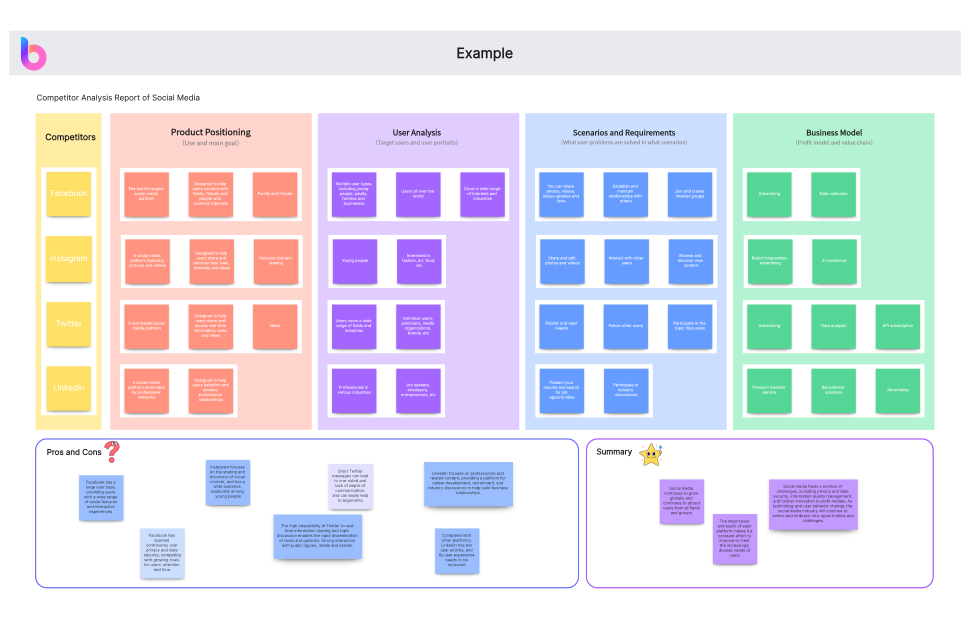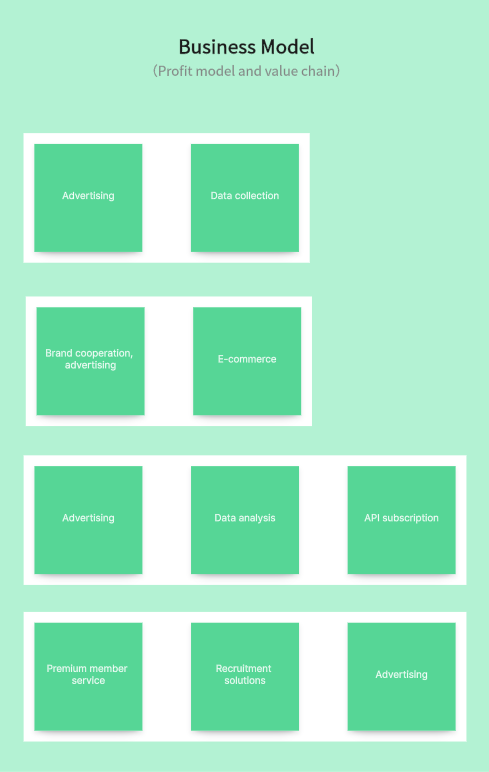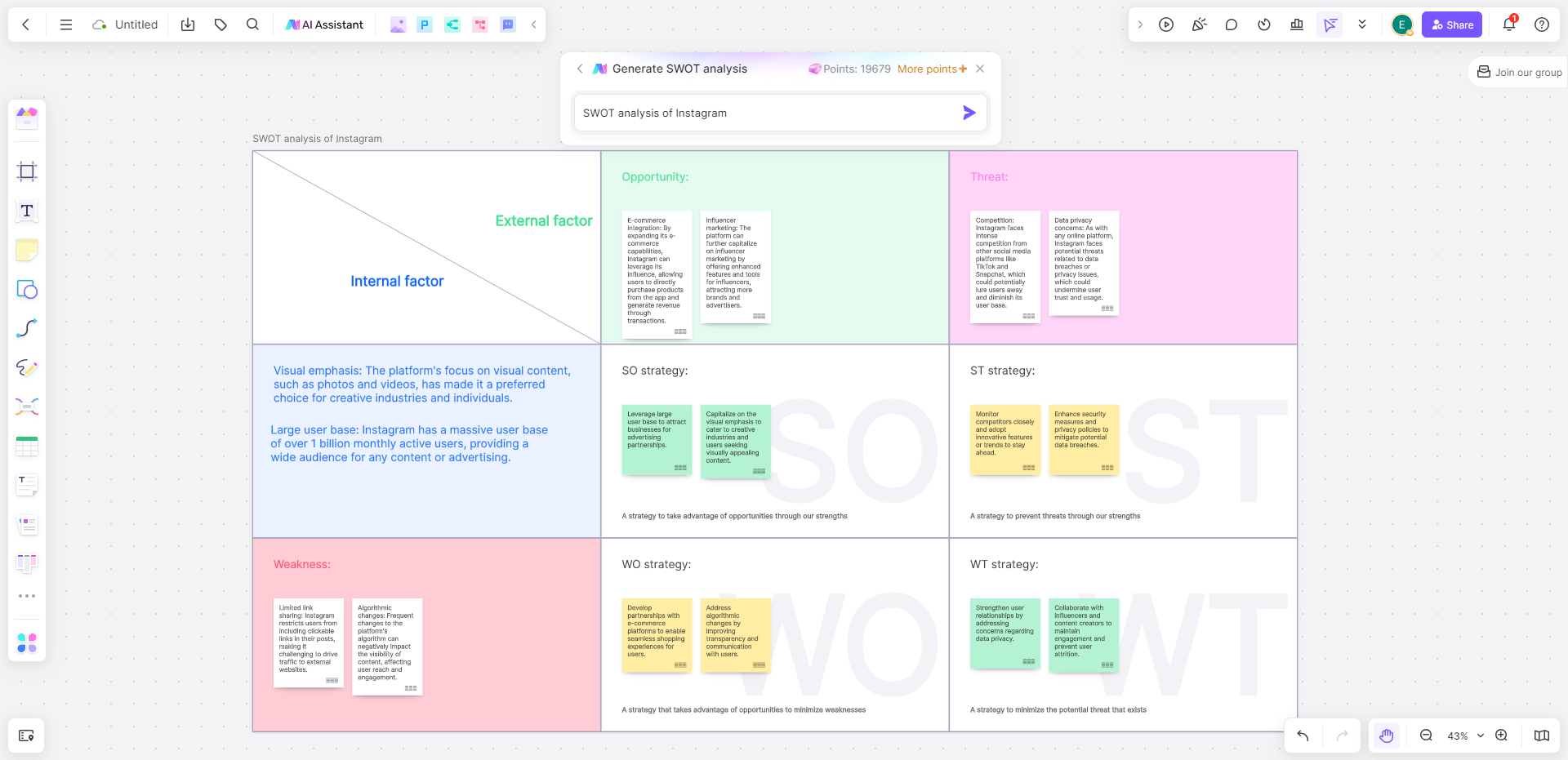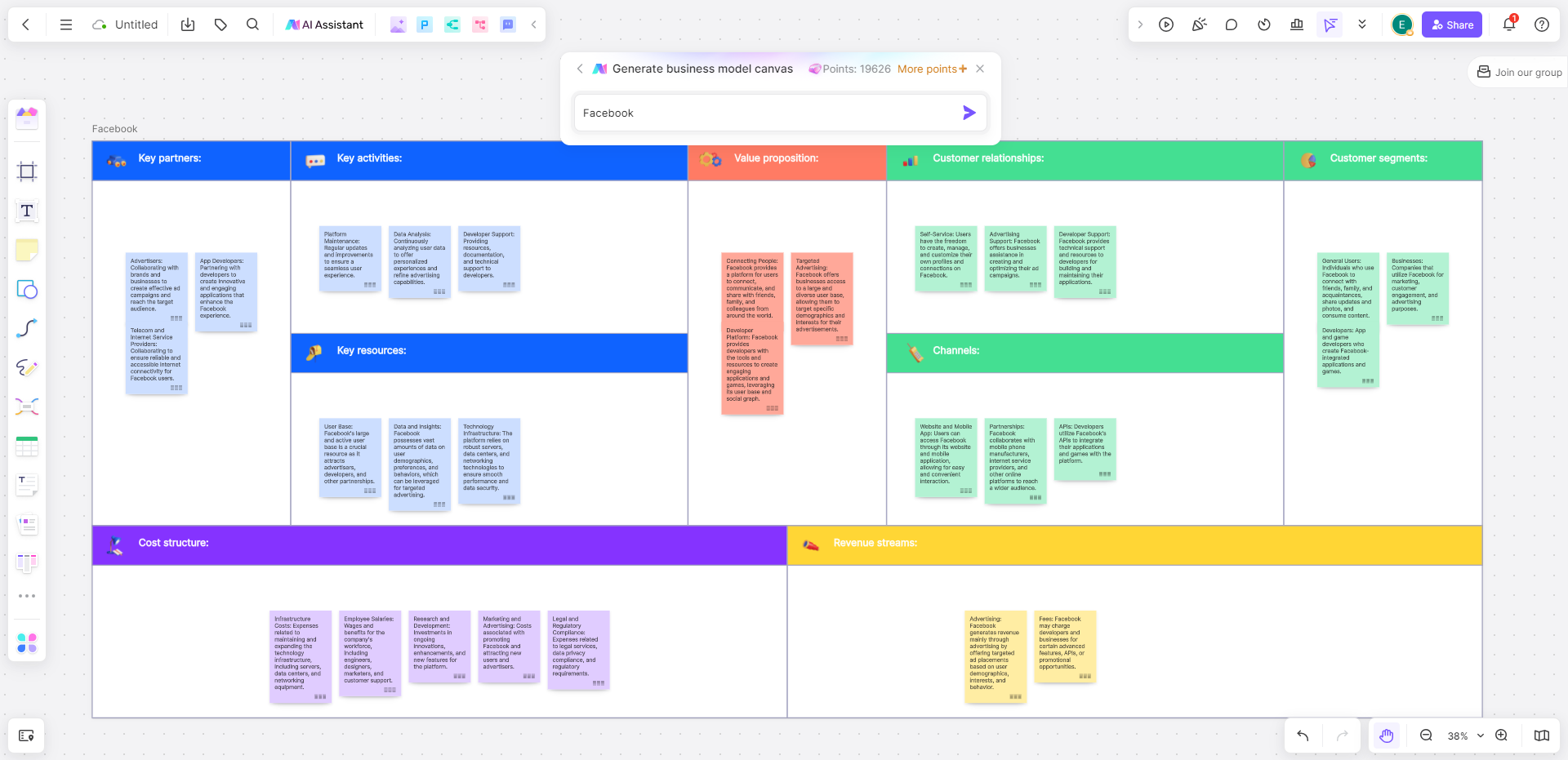In an ever-competitive business world where agility and innovation reign supreme, understanding the landscape in which your business operates is more than a mere advantage - it's a necessity. Thriving in today's dynamic environment demands a keen understanding not just of your business, but of the ecosystem within which it co-exists. This requires comprehensive awareness of who your competitors are, what they're doing, and how they're doing it. And this is precisely where competitor analysis comes into play.
In this article, you’ll know what competitive analysis is, why it is important and how to perform the analysis in a better way. Let’s dive in.
What Is Competitor Analysis
Competitor analysis is a strategic business practice that involves evaluating and understanding the strengths and weaknesses of competitors in the same industry or market. The primary goal is to gain insights into the competitive landscape, identify opportunities, and make informed decisions to improve your own business performance.

Key Aspects of Competitor Analysis in Business Plan
Competitor analysis is an essential part of any business plan, providing key insights that drive decision making and strategic planning. Understanding your competition can position your business favorably within the market and give you a competitive edge. This part highlights the critical aspects of competitor analysis you should focus on for effective business planning.
- Identification of Competitors: Recognizing who your competitors are is the first step. This includes both direct competitors offering similar products or services and indirect competitors who may fulfill the same need in a different way.
- SWOT Analysis: Assessing the strengths, weaknesses, opportunities, and threats (SWOT) of your competitors helps in understanding their internal capabilities and external challenges. This analysis aids in developing strategies to capitalize on weaknesses and counteract threats.
- Market Share and Positioning: Understanding the market share of your competitors and their positioning in the market relative to yours provides valuable insights. It helps identify areas where you can differentiate your products or services.
- Product and Service Offerings: Analyzing the features, quality, and pricing of your competitors' offerings helps you benchmark your own products or services. It can also reveal areas for improvement or innovation.
- Marketing and Branding Strategies: Evaluating the marketing and branding strategies of competitors provides insights into how they are reaching and engaging with their target audience. This information can be valuable for refining your own marketing approach.
- Customer Reviews and Feedback: Examining customer reviews and feedback for your competitors' products or services can highlight areas where they excel or fall short. This information can guide your efforts to meet or exceed customer expectations.
- Technological Advancements: Keeping track of technological advancements adopted by competitors can inform your own technology strategy. It ensures that you stay competitive in terms of innovation.
- Financial Performance: Analyzing the financial health of your competitors can provide an understanding of their stability and growth potential. This information is crucial for strategic planning.
Overall, competitor analysis is an ongoing process that helps businesses stay informed about industry trends, anticipate changes, and make well-informed decisions to maintain or improve their competitive position.
Why Is Competitive Analysis Important in Business Plan
Conducting a competitor analysis is not just about observing and replicating what others are doing. It's about leveraging this knowledge to formulate a unique and superior strategy that distinguishes your business from the rest. The importance of competitive analysis in a business plan can be seen in the following points:
- Identify Market Gaps: Through competitor analysis, we can identify unmet needs in the market or gaps in competitors' offerings that can be leveraged as potential business opportunities.
- Inform Decision Making: By understanding what strategies are working for competitors and why, we can make more informed decisions about our own strategic direction.
- Predict Competitor Moves: A detailed understanding of competitors can help predict their future actions based on their past behavior. This allows businesses to proactively devise counter-strategies.
- Benchmark Performance: Comparing key performance indicators (KPIs) against industry competitors helps determine how well your business is doing and where improvements can be made.
- Reduce Risks: By regularly analyzing competitors, businesses can detect threats early and take preventive measures to reduce potential risks.
Competitor analysis is a critical component of any business strategy. It's not just about keeping tabs on competitors but using this knowledge as a strategic tool for growth and improvement.
How to Conduct a Great Competitive Analysis in Business Plan
The ability to stay ahead of the competition is vital in the ever-changing business landscape. Boardmix understands that importance and has made it a mission to equip businesses with the right tools to navigate this competitive environment. In this part, you will be led through a step-by-step process on how to conduct a great competitive analysis for your business plan.

Phase 1: Identifying Competitors
Every great competitive analysis starts with identifying your competitors. They can be direct (companies that offer the same products or services as yours) or indirect (companies that offer different products or services that serve the same purpose). With Boardmix's in-depth AI analysis tools, you can easily identify these competitors. Start with a list of 4-10 primary competitors in your market segment and then narrow down to those that directly impact your business.

Phase 2: Analyzing Competitor Products and Services
Once you've identified your competitors, it's time to scrutinize their products or services. Are there features that stand out? Are they priced higher or lower? What is their perceived value among customers? Boardmix provdies a feature can help streamline this process by offering a side-by-side comparison of your products and services with those of your competitors.

Phase 3: Assessing Competitors' Sales and Marketing Strategies
Understanding your competitors' sales and marketing strategies can provide crucial insights into their target audience, key messages, pricing strategy, and distribution channels. Leverage Boardmix's AI and infinite canvas capabilities to gather information about competitors' advertising, public relations, content marketing, SEO strategies, and more.

Phase 4: Examining Competitors’ Strengths and Weaknesses
This step involves analyzing each competitor's strengths, weaknesses, opportunities, and threats a SWOT analysis. Their strengths might be superior customer service, unique technology, or robust distribution networks. Weaknesses could be high prices or outdated offerings. Boardmix’s SWOT analysis tool can make this step seamless, helping you uncover potential areas where you can outshine your competition.

Phase 5: Studying Competitors' Market Positioning
How do your competitors position themselves in the market? Boardmix can help answer this by providing insights into competitors' branding strategy, unique selling propositions (USPs), and value proposition. Such an understanding will help you identify gaps you could fill to differentiate yourself in the market.

Phase 6: Ongoing Monitoring of Competitors
Competitive analysis should be an ongoing process due to ever-evolving markets and strategies. That's why Boardmix offers regular updates about changes in the competitive landscape so that you can adapt your strategies accordingly.
In conclusion, competitive analysis is pivotal in staying ahead of the game in business. It informs strategic decisions, helps exploit competitors' weaknesses, identifies market gaps, and creates unique value propositions. With Boardmix by your side, conducting a competitive analysis is made effortless and intuitive, ensuring your business carves out a unique and competitive space in the market.













